Every person over two years of age has some kind of feeling and wonder about airplanes. If an airplane is flying over our heads, and if it is low enough, virtually every normal human looks up and thinks, even briefly, about what’s going on up there, not to mention that many children also express interest in the idea of flying and want to become a pilot.
For the majority of the population of the United States, their guesses about the airplanes and the pilots are dead wrong. This is because aviation is so specialized and so different from walking around or driving a car, and the “regular” person just can’t relate well. Also, the movies and the media tend to portray what some writer thought imagined was The Truth of Aviation but, in almost every case, that writer does not have the background to describe it correctly.
Fortunately, this is a problem of ignorance rather than one of stupidity. That is, most “regular” people could learn about and understand aviation and become a pilot if they wanted to. Flying and airplanes are understandable despite the air of mystery that so many people associate with the phenomenon of powered flight.
What Kinds of People Look into Aviation?
Let’s first divide the world of aeronautical onlookers into two groups: The looky-loos and the seriously-interested group that may want to become a pilot.
Aviation looky-loos are fine people who just want to understand flying a little more. Maybe they are going to take their first flight on an airliner, and it’s a little scary for them. In this case, the additional knowledge of aviation they may achieve can lower their stress levels considerably and help them feel supportive of the world of aviation.
Maybe they’re people who like going to airshows, where the sights and wild sounds of aviation are so interesting and attractive. These people are expressing their natural curiosity when they check into aviation, and they form the large base of aviation’s support group. People who go to airshows or visit an airport to stare through the fence at all those beautiful airplanes (and helicopters), or who take their kids to the park near the airport to watch the airplanes, or who look forward to the takeoffs and landings of their airliner trip to see family across the USA – these are the looky-loos aviation will always welcome and need.
The seriously-interested people looking into aviation are different animals. These people are usually high-achievers. They are motivated people with a rather technical bent, they have science running through their veins even if they never took a physics class, and they feel a need to know how and why things work.
The seriously-interested find that the very power of aviation attracts them. They appreciate the careful and rather precise melding of man and machine. They imagine how this can permit us to depart the bounds of earth to seek adventure, commerce, or just plain fun.
The seriously-interested people comprise the pool of those who just might become a pilot themselves. This is the stuff dreams are made of.
When Regular People Look into Aviation, What Do They See?
There are several levels of depth available for those interested in investigating aviation.
On perhaps the lightest level, there are those who may simply read aviation magazines and glean what they can from the specialized aeronautical articles. This is a wonderful pastime, and it’s pretty inexpensive. Combine those articles with the motivated person’s imagination, and a whole special world is at one’s fingertips.
But one can go much further.
There are lots of aviation websites, such as aopa.org, eaa.org, and professional flight training websites such as calaero.com. And LiveATC.net is amazing, and lets you listen to air traffic, including in many cases the airports near you. Airplanegeeks.com has aviation stories and news, too.
These all provide information about aviation in more depth than most sources. There are countless YouTube videos about aviation. As you might have guessed, there are perhaps hundreds of podcasts, including Airlinepilotguy, Flightchops, and many more. In iTunes, go to Podcasts > Games & Hobbies > Aviation and feast your eyes.
One unbeatable way to look into aviation is to arrange a flight for yourself. Perhaps sightseeing, or even taking a short trip in a private plane.
The Big Step into Professional Aviation
A special, small group of those looking into aviation experience the epiphany that they, too, could become a pilot. This opens up a whole new world. And the stepping-stones into that world can take a few different tacks.
One is military aviation. There are lots of advantages to working toward becoming, for example, and Air Force pilot. One of the big advantages is that the training is free, and, if you succeed, you get to fly really fast aircraft, including, for some new military aviators, jets. But some people balk at the time commitment of 10 more years after initial training is complete and, to be honest, some aren’t enamored with the idea of flying while someone else is shooting at you.
Another way to go for the budding pilot is fun, or avocational flying. There are private flight schools at hundreds of airports in the USA. Most of these share location and facilities with FBOs (Fixed-Base Operators). There are tons of these scattered all over the United States. Most of these are willing to give an inexpensive “introductory flight,” too, where one goes up with a CFI (Certified flight Instructor) and the instructor demonstrates a few elements of flight. He or she will probably let you handle the controls for a while, too.
Then there are those who want to professionalize their flying – to aim for what aviators call flying the “big iron.” These are the people who want to become a pilot for an airline company. This is the cream of the crop in civil (non-military) aviation. These people, once senior enough, fly the world, with the responsibility of hundreds of lives on their broad, very-well-trained shoulders.
How People Can Become A Pilot Professionally
While not everyone climbs the professional-aviator ladder to become a pilot in exactly the same way, most follow one of a couple of “natural” progressions.
Other than the military option, there’s the piecemeal way to do it, and the coordinated, very goal-directed way to do it. Both have financial costs, but these costs are clearly investments into one’s future. This article’s foci are experience and education, so it will not focus on costs.
The Piecemeal Approach
Learn to fly and be introduced to the path to become a pilot. Aviation has numerous certificates and ratings, and the professional airline pilot needs to work his or her way through these, at least:
- Private Pilot Certificate
- Instrument Rating
- Commercial Certificate
- Multi-Engine Certificate
- Airline Transport Pilot Certificate.
Flying time is also a biggie. While hiring requirements change from time to time, at minimum of 1500 hours are the minimum currently required just to apply for the Airline Transport Pilot Certificate.
Along the way, many pilots become CFIs themselves. A CFI logs time in airplanes not only when flying alone, but also when teaching someone else. This helps them build time and expertise so the aeronautical background they present to the airline hiring people shows depth of experience.
A disadvantage of this approach involves differences in CFI syllabi. A “syllabus” is the guiding document; it says what to teach when, what the standard are, and so on. Each independent CFI, and sometimes even each CFI in the same small flight school, use their own syllabi. While the ultimate skills taught end up being the same, as dictated by the FAA (Federal Aviation Administration), the road toward getting all the material covered is inconsistent across CFIs.
The Coordinated, Goal-Directed Approach
There’s a lot to be said for having a thoughtfully-sequenced training regimen, and having that plan created by experts rather than the budding aviator him/herself helps ensure its value. There are two places to take advantage of this approach: The military and full-blown aeronautical colleges and universities. This article’s focus is not on the military option, so let’s consider the advantages and disadvantages of the formal educational institutions geared toward those aiming to become a pilot.
These colleges and universities are usually geared primarily toward taking a novice who intends the end-game to become a pilot (typically, an airline pilot) and leading him or her through a through a bachelors in aeronautics program or other aviation degree programs built specifically for that process. A secondary function is to take a person who has already achieved some aviation success and bringing him/her the rest of the way toward a professional aviation career.
Part of this coordinated, goal-directed educational approach is to have all the CFIs at the same institution work consistently off of the same basic syllabus. In effect, everyone is singing from the same “hymn book,” so students don’t suffer one of the piecemeal approach’s most insidious problems: the inconsistency going from one independent instructor to another.
A curriculum that can understand what the person already knows and predict what he or she should learn next provides some of the advantageous coordination in aeronautical colleges and universities. Beyond simply learning how to fly and the associated areas like weather and aerodynamics and regulations, these professional institutions may include well-thought-out additional coursework to improve your understanding of and success in commercial aviation. Moving through a professional aviation college or university toward one’s aeronautical goal is less likely to waste time, to be adversely-affected by instructor/syllabus differences, and therefore less likely to waste money.
Disadvantages of the coordinated approach? You may need to move out of your home town to take up residence at the university (some even have dormitories), and you’ll need to think hard about whether to even consider working for income. Flying requires lots of study, and time that would be spent doing a job could interfere with that.
Although it’s not the only road to the skies, professional flying education pays off and helps minimize anything falling through the cracks on the path to become a pilot.
Conclusion
Following one’s heart into aviation can be satisfied for some with as little as reading articles or listing to podcasts, but people intent on chasing the dream to become a pilot, dedicate themselves to considerable formal training and aviation experiences.
There’s more than one path to reach your aviation dream, whatever that dream may be or become. From learning bit by bit at perhaps several locations, to taking a coordinated approach at an aeronautical college or university, the world of professional aviation, should you choose that as your goal, is bound to have challenges and many satisfactions. By the way, you should expect lots of fun as you work to become a pilot, too!
If you think you have what it takes to undergo pilot training and make the transition into an aeronautical career, contact us by filling out our online form or calling at 661-490-9583.
Ready to soar in your aviation career?
Mr. Matthew A. Johnston has over 23 years of experience serving various roles in education and is currently serving as the President of California Aeronautical University. He maintains memberships and is a supporting participant with several aviation promoting and advocacy associations including University Aviation Association (UAA), Regional Airline Association (RAA), AOPA, NBAA, and EAA with the Young Eagles program. He is proud of his collaboration with airlines, aviation businesses and individual aviation professionals who are working with him to develop California Aeronautical University as a leader in educating aviation professionals.
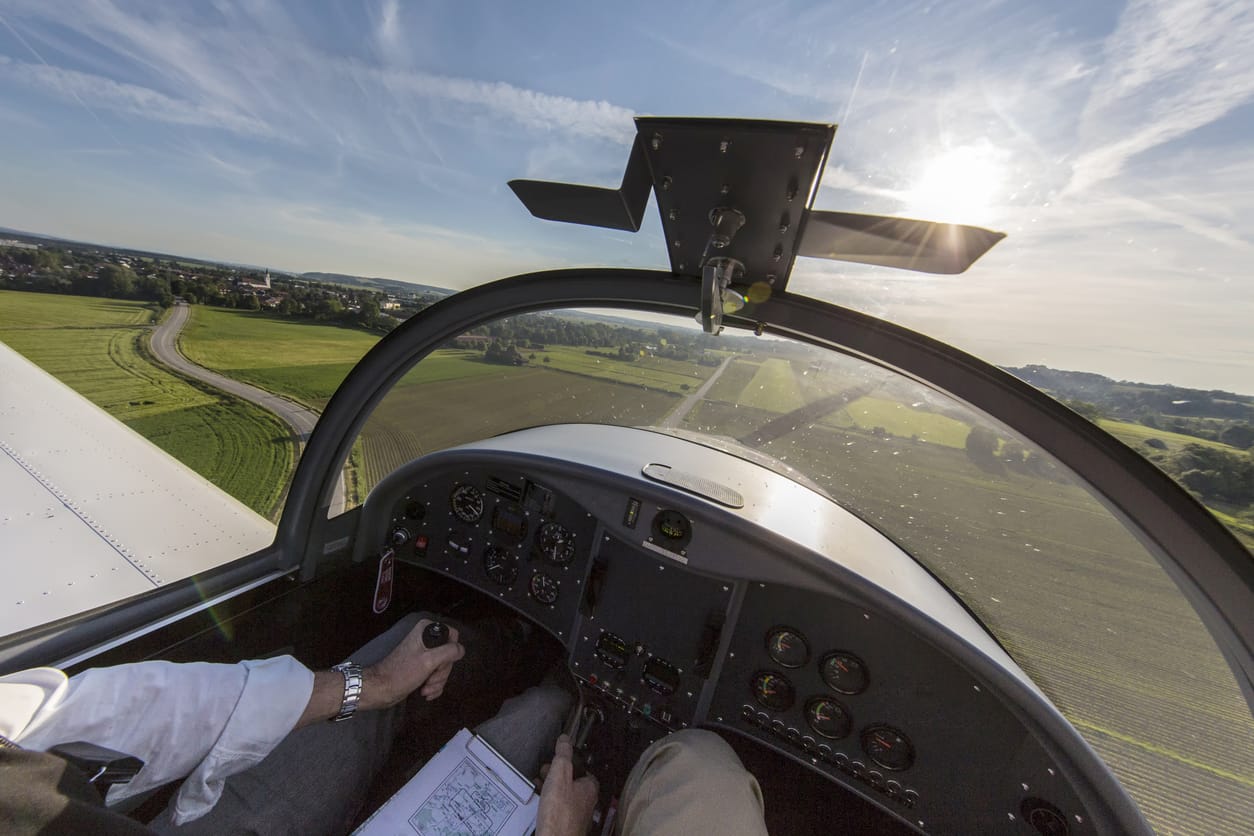
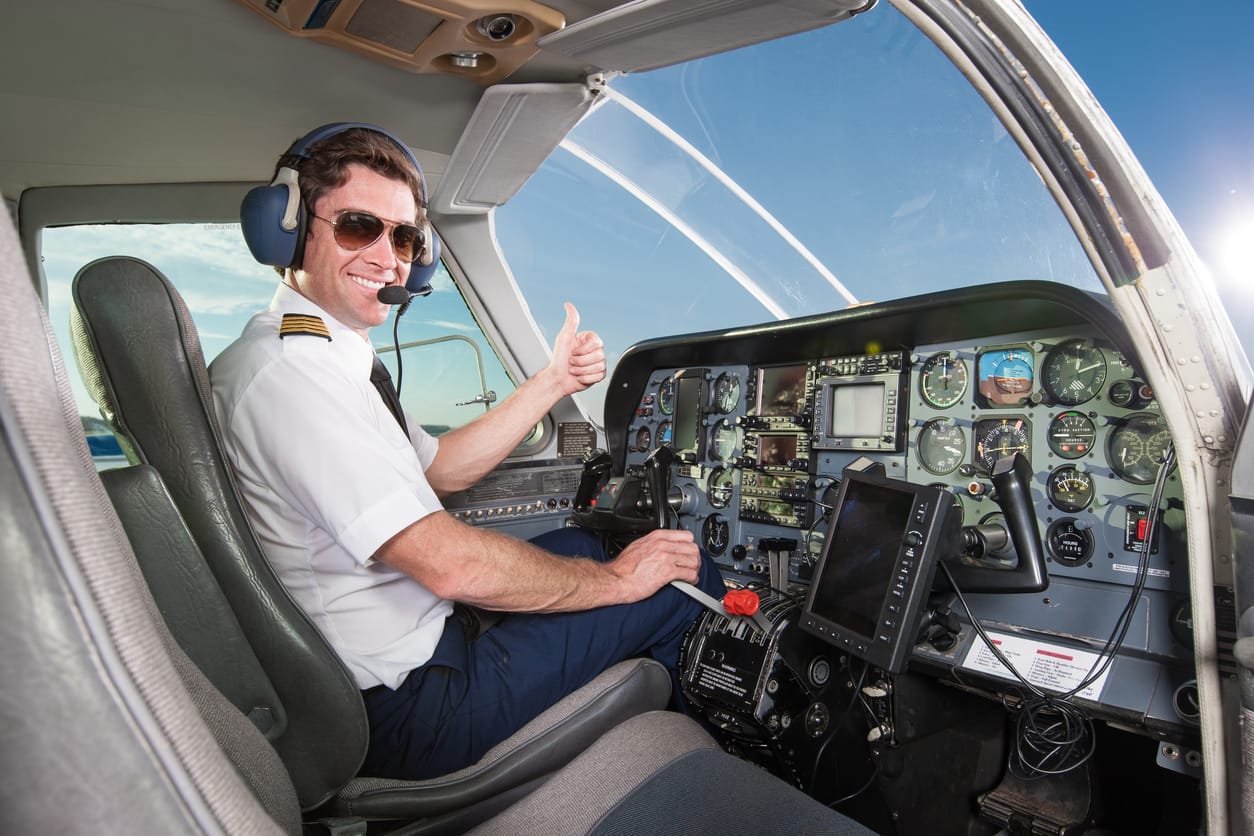
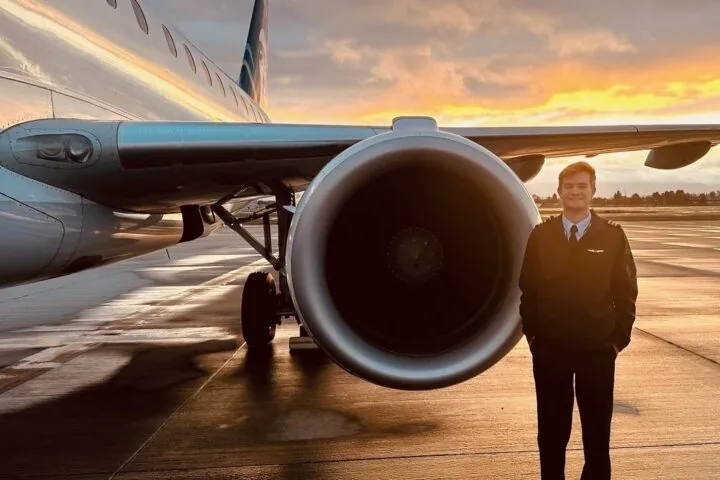
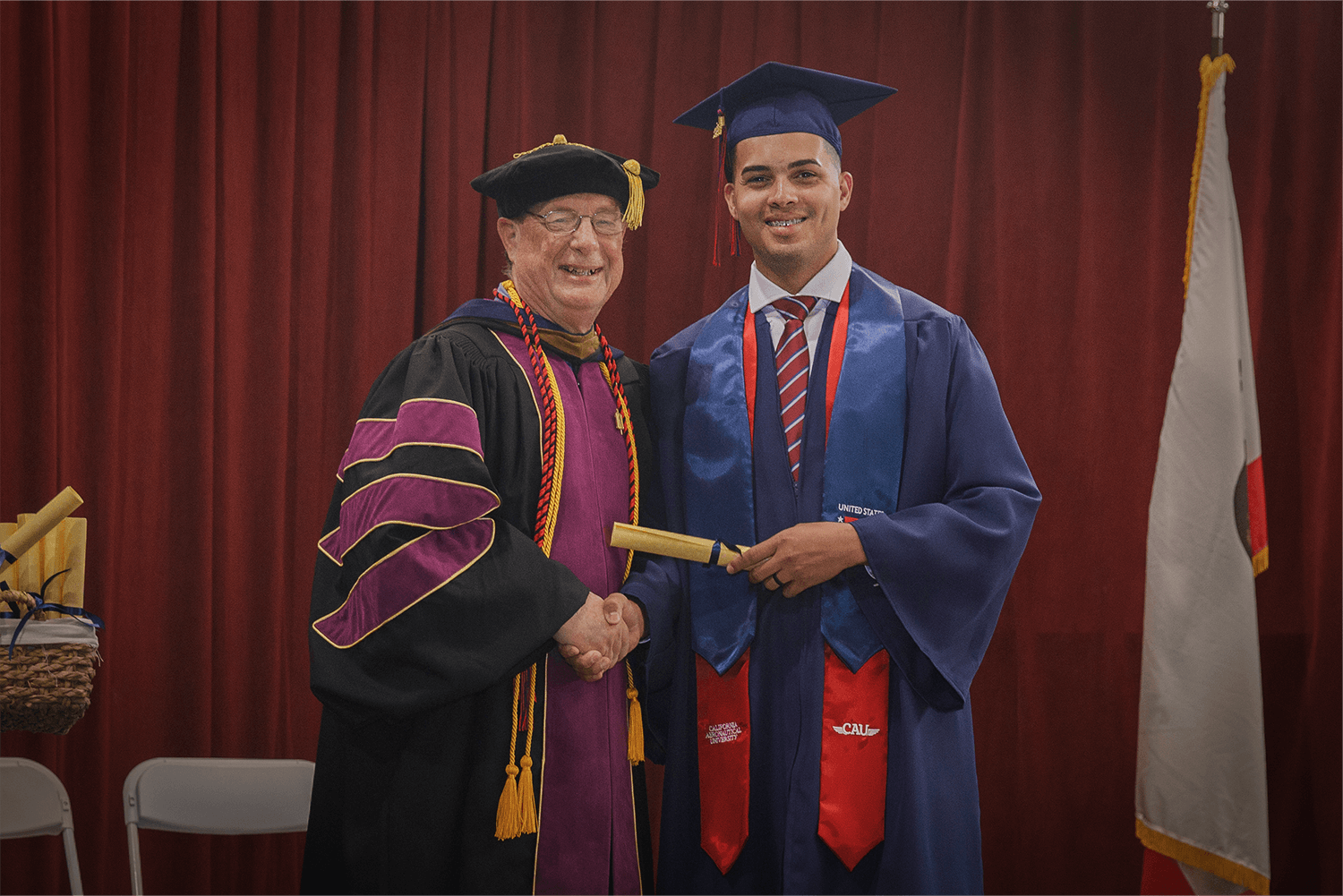
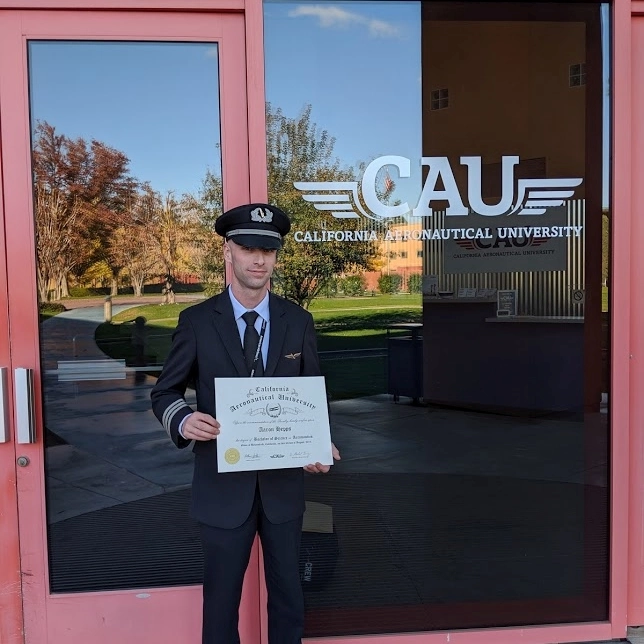

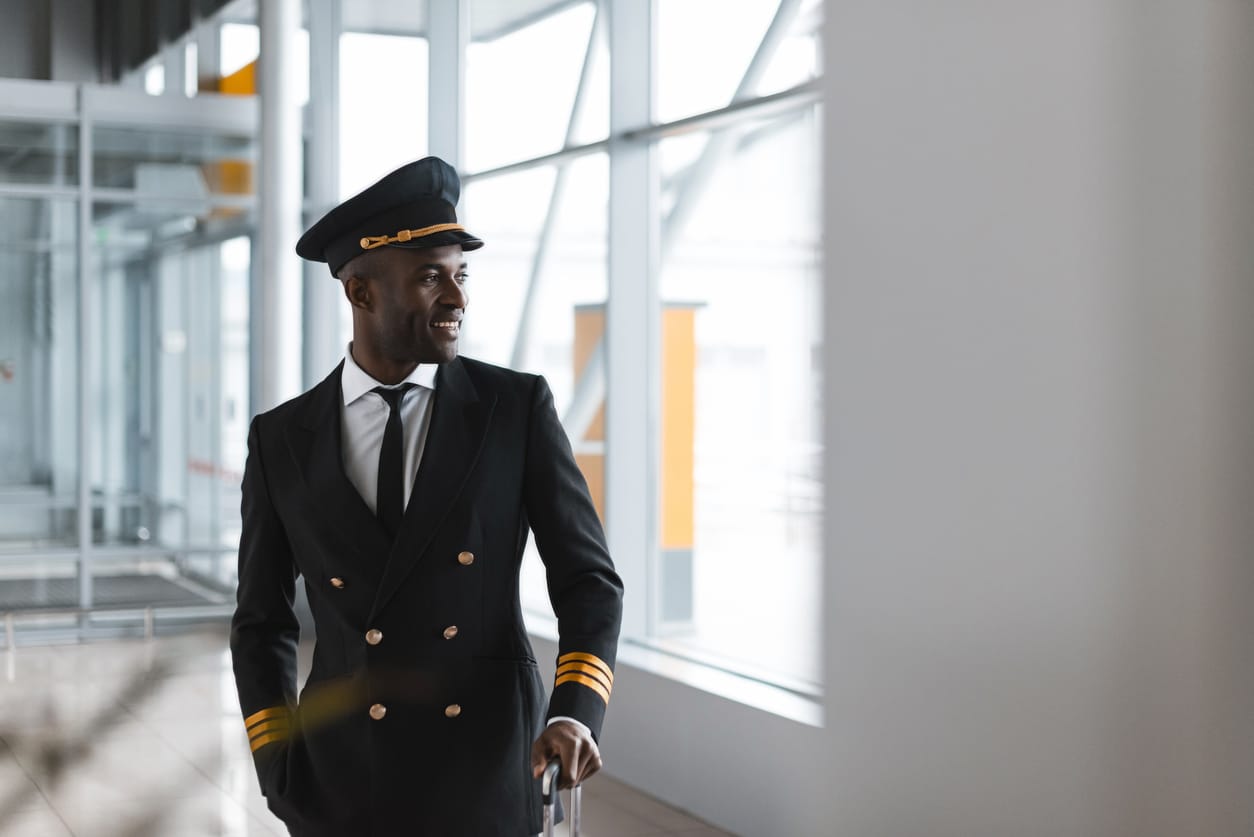
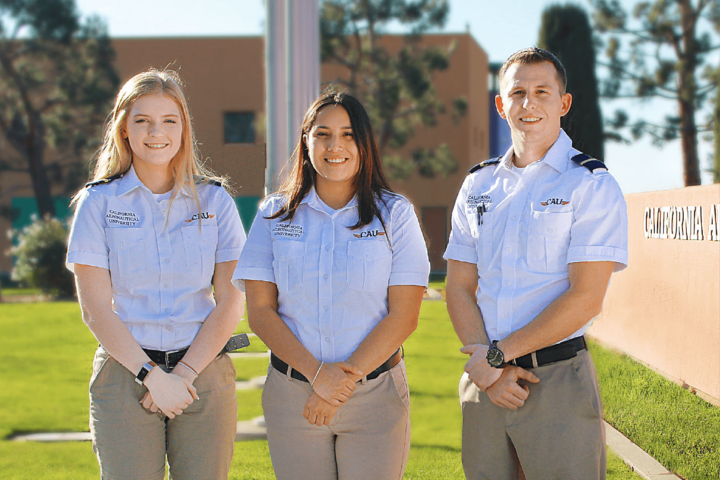
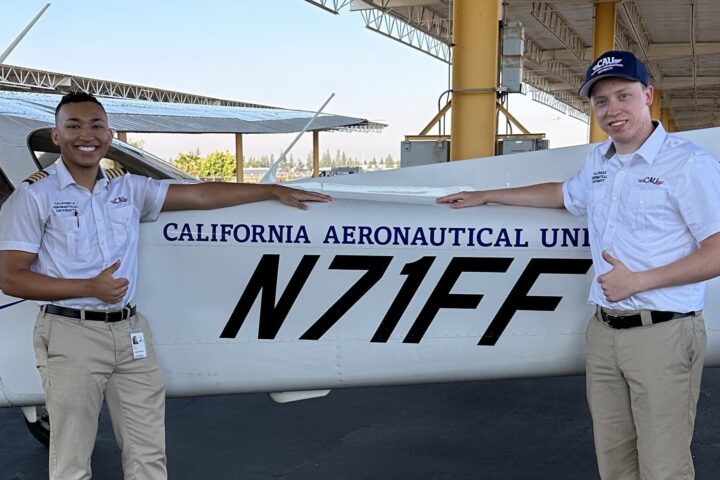
Hi. My name is Ushi, I am almost 35 year’s and my question is if it’s steel possible for me to learn to became a pilot or it’s too late
As a member of a flying club where we’ve had people in their 60s learn to fly, I can tell you absolutely not! As long as you’ve got about $10,000 handy that is. Blue skies and tailwinds!
Interested In your program
Great one. Keep soaring higher.
I’m a commercial instrument rated pilot…and I need to build hours for my ATP… I lost my logbook and need help acquiring a copy of my training log book…
I love to fly ever sense i was about 12 years but money always seem to get in the way ,so i fly everytime i get a little saved up . i also invested in flight sim and been flying that for past four years i also bought sportys learn to fly course to gain knowledge to become a pilot. I have been a member of AOPA since 1988 but im going to keep my passion up and someday I’ll have my pilot license
First of all, I love the article.
Can a citizen of another country have an opportunity to study at your University? Cause I would love to.
Pls let me know the details
Am interested my son is keen to become a pilot.
My son is showing interests in becoming a Pilot in what way can i encourage him ,he is still in junior class
I like how you explain that aviation looky-loos are fine people who just want to understand flying a little more. My friend told me that his dream was to become a pilot and but for some reason he became a lawyer. I will recommend him to look for a flying school so that he can take lessons in his spare time.
Hello im 22 I’m trying get to become a pilot and was wondering what would I need to start training and school??
Hi Luis! Thank you for reaching out! A member of our admissions team will contact you shortly with more information!